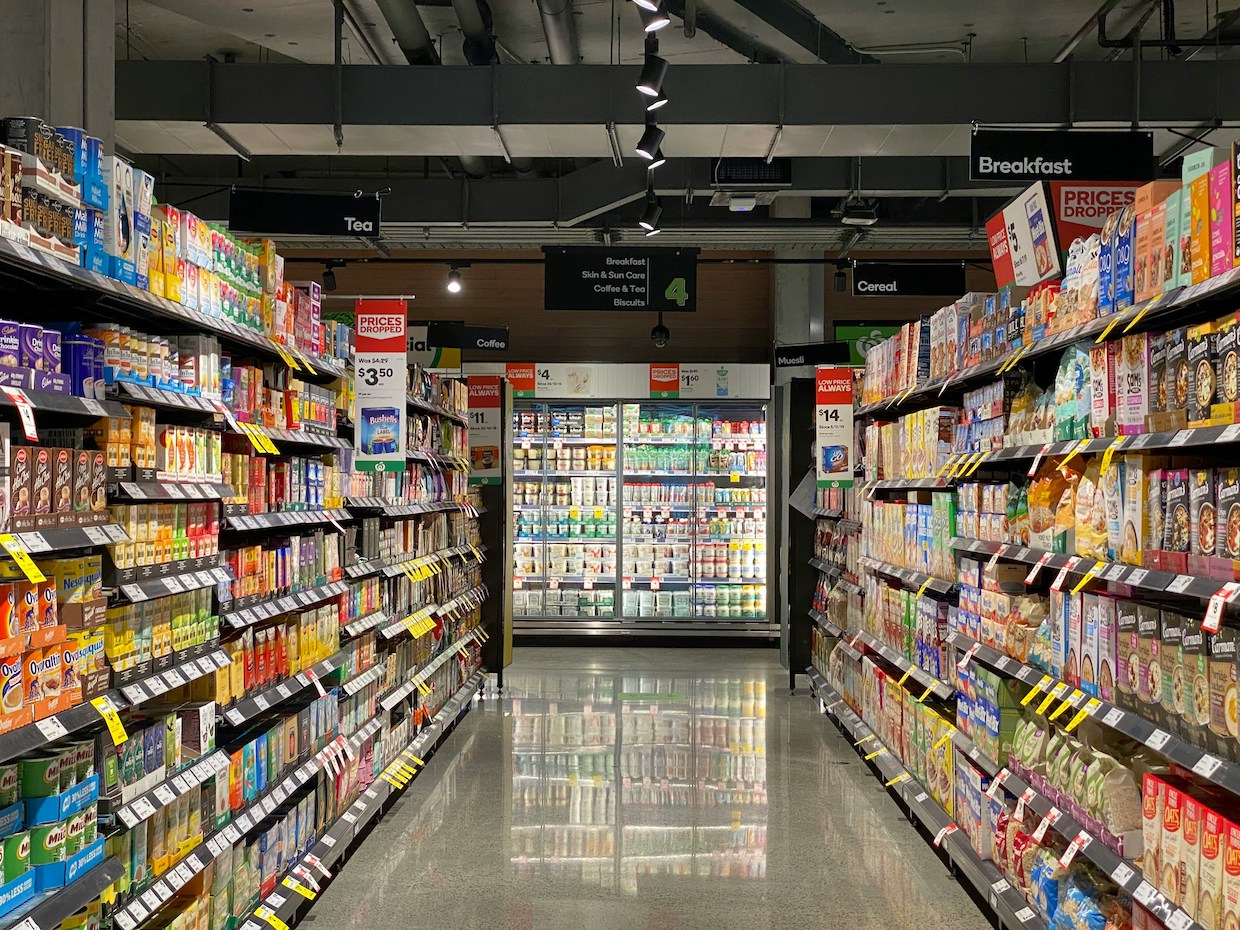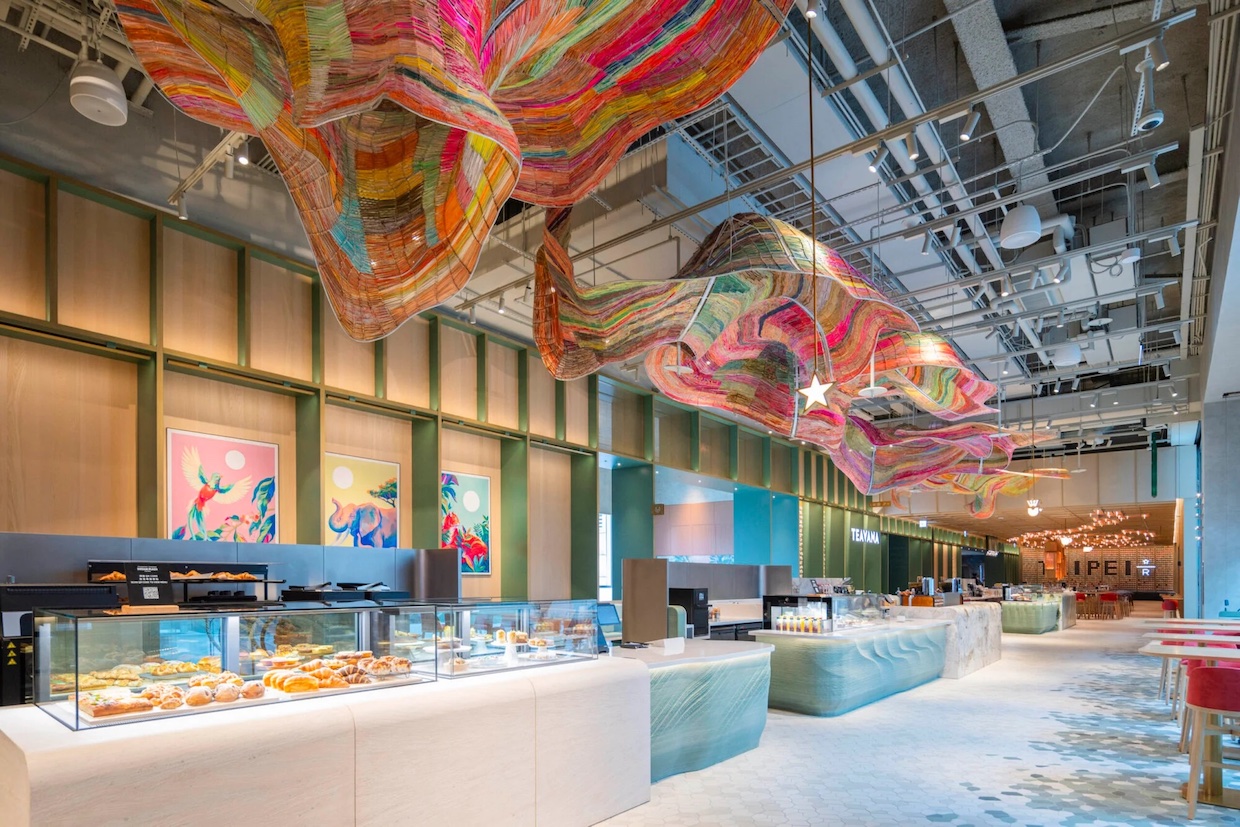The specialty coffee industry finds itself at a critical juncture.
As sustained high coffee prices continue to pressure profit margins and consumer behaviour evolves rapidly, roasters face an unprecedented challenge: how to maintain growth and profitability while adapting to a market that demands more options, convenience, and value.
The answer lies in strategic diversification that meets consumers where they are, at their point of need.
I spoke with Mark Zhou at MTPak Coffee and Dustin Joseph at Left Hand Roasters to learn more.
You may also like our article on how roasters are driving real innovation in coffee.


Why roasters need to diversify more than ever
Roasters are navigating a perfect storm of economic pressures. Persistent high coffee prices have compressed margins across the industry, prompting roasters to reassess their traditional business models.
“Sustained high coffee prices signal a new era for coffee. While this is a long-overdue change for many producers, who have historically had to deal with low pricing, it creates ripple effects that extend further along the supply chain,” says Mark Zhou, the founder and CEO of sustainable packaging company MTPak Coffee.
“Roasters’ margins are now tighter than ever as they realign budgets to accommodate for their green coffee costs, almost doubling over the last two years.”
This financial pressure coincides with rapidly changing consumer preferences that demand greater variety, convenience, and quality across all consumption occasions.
The data paints a clear picture of this transformation. Specialty coffee consumption among US consumers continues to grow, even during times of heightened financial concerns. In January 2025, according to the latest National Coffee Data Trends report, past-day specialty coffee consumption hit its highest level in recent years. This growth represents not just opportunity, but necessity for roasters who must capture an expanding market while dealing with tighter margins.
However, the challenge extends beyond simple growth metrics. Coffee roasters must adapt to consumers who increasingly view coffee as an essential daily ritual that transcends the traditional boundaries of home and café consumption. This shift necessitates a fundamental reevaluation of product offerings, packaging formats, and distribution strategies.


Market data reveals the diversification imperative
Key industry reports highlight the dramatic changes reshaping coffee consumption patterns.
The NCA’s latest data reveals that ready-to-drink coffee has emerged as the third most popular preparation method among past-day specialty coffee drinkers in the US, representing an extraordinary growth of more than 83% since 2023. This meteoric rise demonstrates consumers’ increasing appetite for convenience without sacrificing quality.
Traditional preparation methods continue to dominate the home coffee market, with drip coffee makers accounting for 37% of at-home preparation methods, followed by single-cup brewers at 28%.
However, the growth in alternative formats signals a market in transition. The US’ RTD coffee market was estimated at US $6.46 billion in 2024, and is expected to reach US $8.61 billion by 2029.
The trend toward convenience extends beyond RTD coffee. Instant coffee consumption is experiencing a resurgence in the UK and Europe overall, driven primarily by rising coffee prices that have prompted consumers to seek more affordable options without compromising their quality expectations. This shift presents both challenges and opportunities for specialty coffee roasters, who must balance accessibility with their quality positioning.
“Coffee is more than a product. It is a diverse industry, serving various passions. Cafés offer a sense of community and have historically served as catalysts for change,” says Dustin Joseph, the CEO and founder of Left Hand Roasters in Bangkok, Thailand. “This diversity is crucial in an industry evolving to a future focused on sustainability and ethics.
“As this transformation unfolds, we must find our place within it, contributing to a more responsible coffee culture.”
In emerging markets like India, coffee consumption patterns are evolving rapidly as urbanisation and changing lifestyles create new demand for premium coffee experiences. These markets present a significant opportunity for roasters to tailor their offerings to local preferences while upholding specialty coffee standards.
The home remains the dominant coffee consumption location, a trend likely to persist as high coffee prices continue to influence consumer behaviour. However, this shift toward home consumption does not mean consumers are willing to compromise on quality or experience. Instead, they are seeking products that deliver café-quality coffee across multiple consumption occasions and locations.
Roasters are focusing on new products
This evolution creates a clear imperative for coffee roasters: they must cater to the demand for both convenience and quality simultaneously. Consumers want specialty coffee experiences whether they are at home, in the office, traveling, or anywhere else as part of their daily routines. The demand spans multiple format preferences, from traditional whole bean and ground coffee to innovative packaging solutions that preserve freshness while offering unprecedented convenience.
“Consumers now want more options that accommodate their demand for both convenience and quality, and roasters cannot afford not to cater to this,” Mark says. “We launched our portable and convenient drip coffee bags and filters for roasters to fill and seal so that their customers can enjoy specialty coffee in any environment.”
Products like drip coffee bags and filters present a significant opportunity for roasters to diversify their offerings. These products bridge the gap between the convenience of instant coffee and the quality of specialty coffee, offering consumers a fully customisable experience that preserves the freshness and flavour characteristics that define specialty coffee.
MTPak Coffee’s drip coffee bags and filters, for example, offer a convenient alternative to instant coffee while maintaining the quality standards specialty coffee consumers expect. The bags can be fully customised to reflect roasters’ brand identity and specific coffee profiles, allowing for differentiation in an increasingly crowded market. The format preserves freshness through advanced packaging technology while providing the convenience consumers increasingly demand.
“The convenient quality coffee market is booming with innovations like concentrates and premium instants, offering exciting choices for consumers,” Dustin says. “However, these advancements bring potential sustainability challenges we are yet to understand fully.
“The future of coffee should blend innovation with sustainability, ensuring we can enjoy great coffee without long-term environmental costs,” he adds.


Strategies for successful diversification
Successfully diversifying product offerings requires coffee roasters to stay ahead of consumer trends while maintaining their core quality commitments. The key lies in understanding that diversification is not about abandoning specialty coffee principles, but rather extending them across new formats and consumption occasions.
Staying ahead of consumer trends requires continuous market research and the integration of consumer feedback. The rapid growth of RTD coffee, the resurgence of instant formats, and the increasing demand for home brewing solutions all represent trend shifts that forward-thinking roasters identified and acted upon early. Success comes from anticipating where consumer needs are heading, not just responding to where they’ve been.
Working with trusted suppliers becomes crucial in this environment. Companies like MTPak Coffee provide the expertise, innovation, and manufacturing capabilities that allow coffee roasters to experiment with new formats without compromising on quality or brand integrity.
These partnerships enable roasters to explore diversification opportunities while maintaining their focus on core competencies, including sourcing, roasting, and customer relationships.
“As with all our packaging, these products are highly customisable, offering roasters’ unique aesthetics that match their brand identity – which has never been more important, as more roasters push to differentiate and stand out,” Mark says.
The most successful diversification strategies recognise that different products serve different consumer needs and consumption occasions. A single consumer might purchase whole beans for weekend brewing, ground coffee for weekday convenience, and drip bags for office or travel use. Rather than viewing these as competing products, successful roasters see them as complementary offerings that increase customer lifetime value while meeting diverse needs.


Building a sustainable diversification strategy
Roasters who can successfully balance innovation with tradition, convenience with quality, and expansion with focus are poised for future success. Diversification is not just about being everything to all consumers, but rather about strategically expanding offerings to serve existing customers better while attracting new segments.
The most effective approach involves gradual expansion that tests market response while maintaining operational efficiency. Starting with products that leverage existing capabilities and relationships, such as drip coffee bags that use existing roasted coffee, allows roasters to diversify without overwhelming their operations or compromising quality standards.
Success in diversification also requires clear communication with consumers about how new products fit within the roaster’s quality framework. Customers need to understand that convenience-focused products don’t compromise on quality; instead, they serve as extensions of the same commitment to excellence applied to different consumption occasions.


The coffee industry’s current challenges present an opportunity for roasters willing to evolve. Those who thoughtfully embrace diversification, with trusted partners and clear quality standards, will emerge stronger and more resilient.
The question isn’t whether to diversify, but how to do so in ways that strengthen rather than dilute brand identity while meeting the evolving needs of increasingly sophisticated coffee consumers.
As the industry continues to evolve, the roasters who thrive will be those who view diversification not as a departure from their core mission, but as its natural evolution. By expanding their offerings to meet consumers wherever they are, whenever they desire quality coffee, these roasters will build more sustainable and profitable businesses while advancing the entire specialty coffee industry.
Enjoyed this? Then read our article on how single-serve coffee is evolving.
Photo credits: Left Hand Roasters, MTPak Coffee, Archers Coffee, Roasting House
Perfect Daily Grind
Please note: MTPak Coffee is a sponsor of Perfect Daily Grind.
Want to read more articles like this? Sign up for our newsletter!











